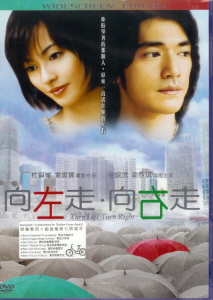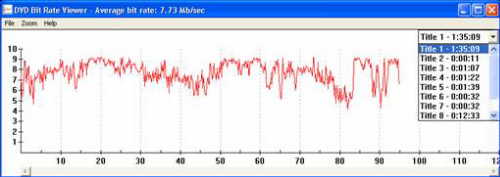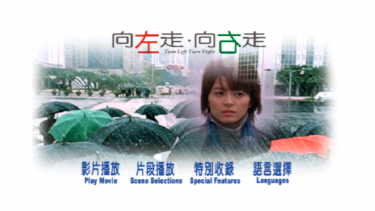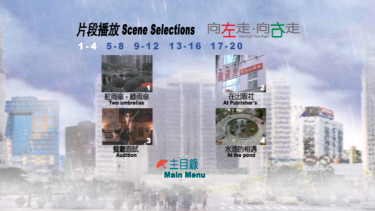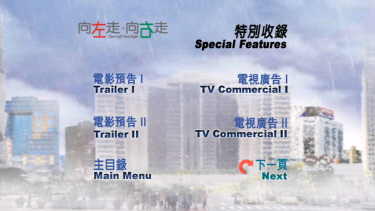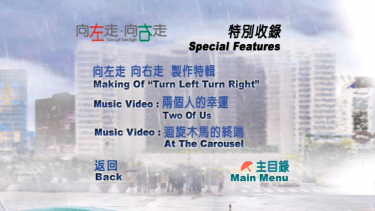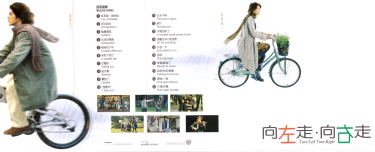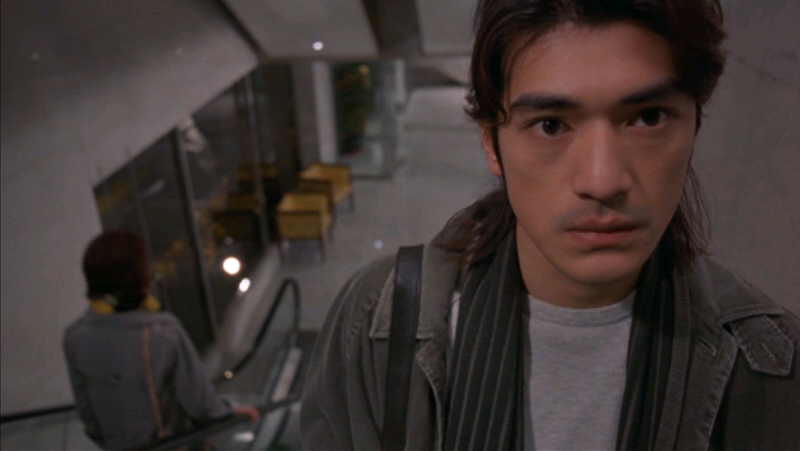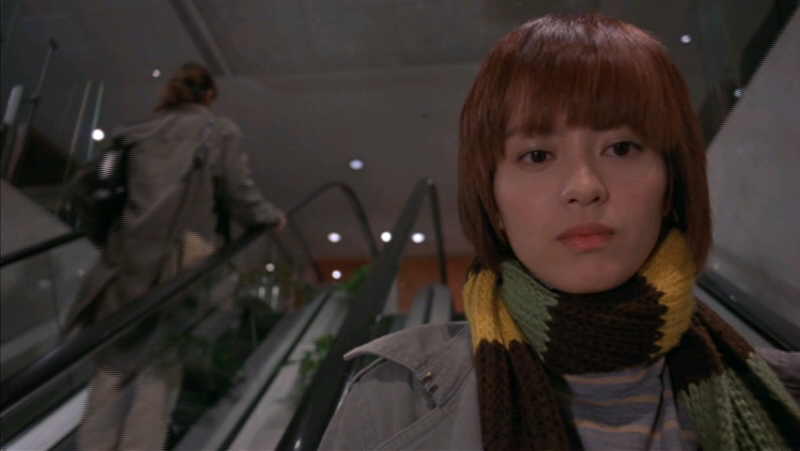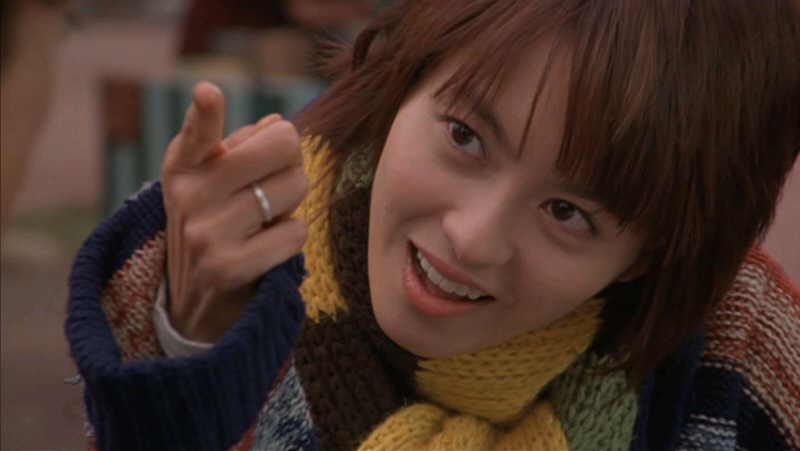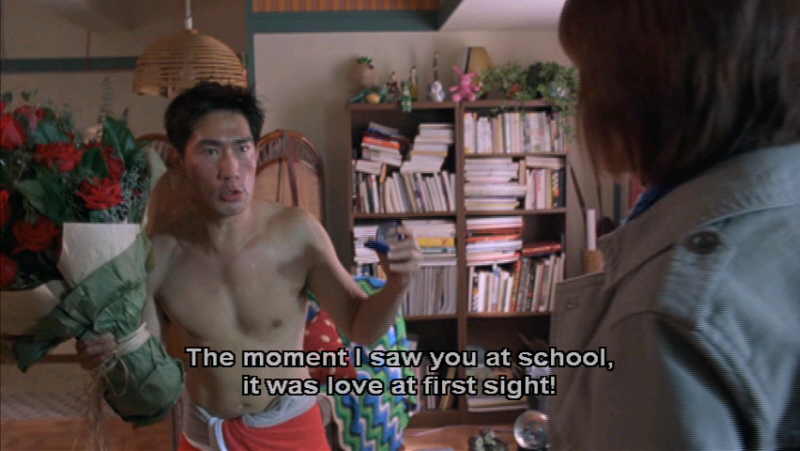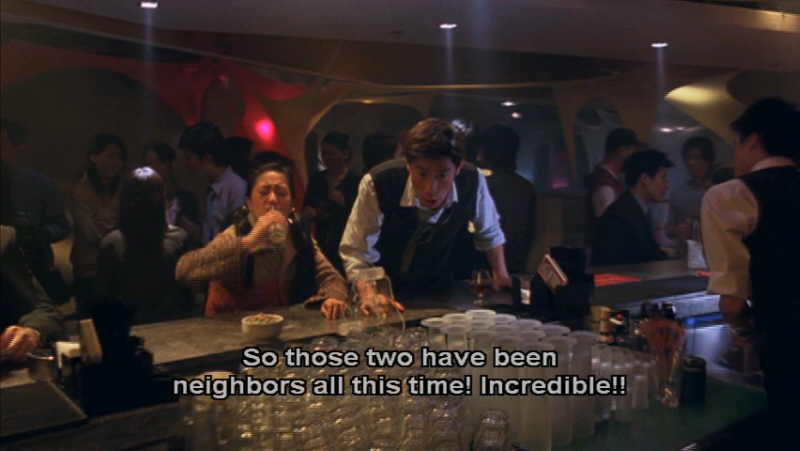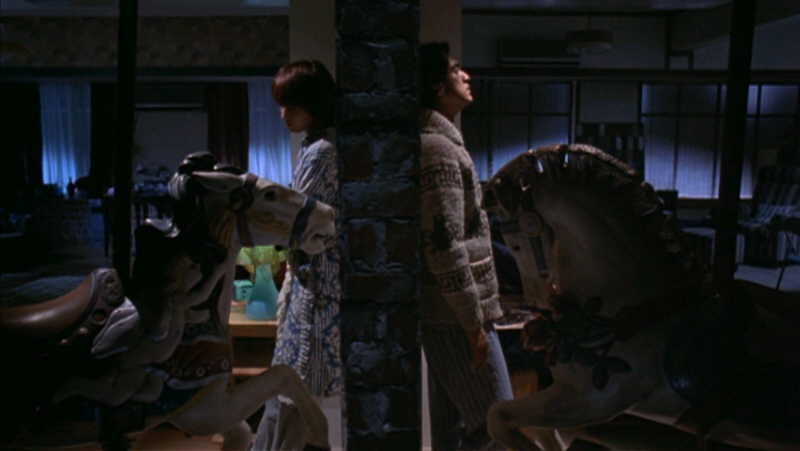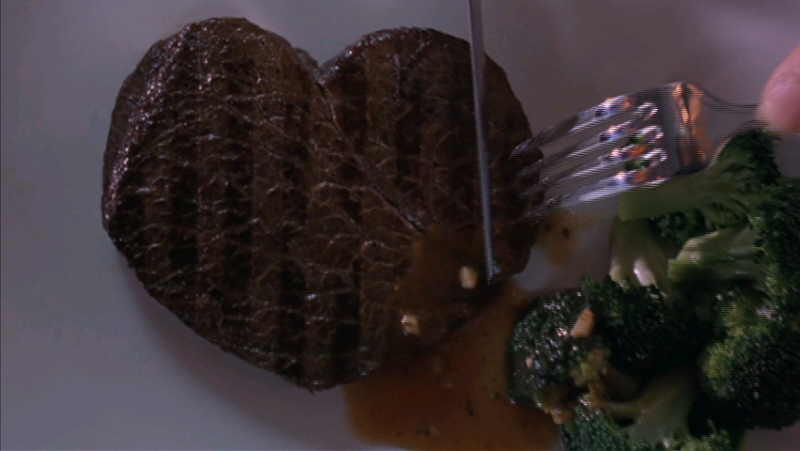|
Last year, I literally traveled around the
world, starting in Los Angeles after two years there for grad school and
traveling eastwards to Austin, Texas; New York City, New York; England;
Paris, France; Switzerland; Germany; Austria; China; The Philippines; Hong
Kong; Los Angeles again; and stopping in Austin, which is “home” for now.
During this trip, I worked for five months in Shanghai, China. While in
China, I decided to immerse myself in various aspects of Chinese culture,
from the ancient (visiting the Forbidden City and the Great Wall) to the
contemporary. One day, while shopping in a Wal-Mart-style hypermarket, I
bought a Chinese pop music CD. Since I had no idea who was whom, I picked a
CD with a pretty girl on the cover; even if the music sucked, at least I
could look at a beautiful face.
Well, the artist in question turned out to be Gigi Leung (Leung Wing-kei/Leung
Yong-qi), a Hong-Kong singer who frequently appears in movies, too. I liked
her singing so much that I bought as many of her albums as I could, and I
started watching her movies, too. To be honest, her acting range is limited,
but she is adorable when she plays silly, frantic, hapless girls. Gigi is
very energetic, which is apparent in the physical comedy that she employs
(she’s 5-foot-8.5-inches tall, and she frequently flails her long arms and
legs to humorous effect). As far as I’m concerned, the best showcase for
Gigi’s charming screen persona is Turn Left Turn Right.
In Turn Left Turn Right, a violinist (Takeshi Kaneshiro) and a
literature translator (Gigi Leung) inhabit the same spaces but never quite
seem to meet in Taipei, Taiwan. Ironically, their situation is reflected by
a Polish poem that the translator loves reciting to herself and to stray
cats. One day, the two young artists manage to have a conversation in a park
before a thunderstorm separates them. They exchange phone numbers, but the
numbers are smeared by the rain. Thus begins their odysseys to find each
other again.
Turn Left Turn Right is the second big-screen pairing of Takeshi
Kaneshiro and Gigi Leung as romantic leads, the first one being Tempting
Hearts. Tempting Hearts features a love triangle, but this movie
has a love square as both the violinist and the translator have annoying
suitors pursuing them. The annoying suitors are wild, uncouth, undisciplined
brats who are--surprise, surprise--perfect for each other.
Turn Left Turn Right will remind some viewers of Serendipity,
in which Kate Beckinsale’s character intentionally stays away from John
Cusack’s character in an incomprehensible test of whether or not they are
fated to be together. I remember Roger Ebert calling Beckinsale’s character
something along the lines of “psychotic”. In Turn Left Turn Right,
the fate is “real” rather than forced and manufactured, though the
characters have to overcome obstacles beyond their control before they can
be together.
Turn Left Turn Right was directed by Johnnie To and Wai Ka Fai.
Johnnie To is best-known for directing hard-boiled thrillers like PTU,
Breaking News, and Election. However, Turn Left Turn Right
is not really a director’s movie. For one, the material, the look, the tone,
and the feel are so different from To’s usual output that this is almost
unrecognizable as a “Johnnie To” movie (the only visual clues are the cameos
by actors who appear regularly in To’s other projects). Undoubtedly, the
visual style was heavily influenced/dictated by Jimmy Liao’s illustrated
storybook of the same title, which was the basis for this movie’s script. I
would venture to say that Johnnie To was a metteur rather than an auteur
when working on Turn Left Turn Right--that is, Turn Left Turn
Right the book is so popular in Chinese-speaking territories that the
director transposed the book to film rather than exercising authorial
control over the production in order to transcend the story’s book origins.
Nevertheless, Turn Left Turn Right the movie is a successful,
enjoyable adaptation of its source. One key advantage that the movie has
over the book is the sound dimension. The main male character is a
violinist, and unless the reader is a connoisseur of classical music, it’s
not easy to “understand” why certain pieces of music are so important to the
characters. On the other hand, a movie’s soundtrack can reproduce Edward
Elgar’s violin solos for viewers, thereby deepening the audience’s emotional
connection with the story. The music score is so spot-on that it was
nominated for a Golden Horse (Taiwan’s equivalent of the Oscar). Also, Gigi
sang several sweet and aching love songs, and “At the Carousel” won a Golden
Horse for Best Original Song.
The performances are the movie’s other key strength. Kaneshiro and Gigi were
cast because they are physically-attractive stars, but that kind of casting
that makes sense for a romantic dramedy. They generate real chemistry even
though they’re kept apart for most of the movie (shades of Sleepless in
Seattle).
I was surprised by Takeshi Kaneshiro’s performance. Previously, I had seen
him in only House of Flying Daggers, in which he played a carousing
frat boy so well that I thought that he might be one in real life. After
some Internet searches, I found out that he’s rather shy and reserved, and
his Turn Left Turn Right character’s quiet, introverted behavior
reflects his real persona. In fact, the character’s painfully awkward
personality compels viewers to root for the guy to find love finally.
Gigi is second-billed because she’s primarily known as a singer rather than
as an actress. Nevertheless, it can be argued that her character has to
carry the movie. Like Krzysztof Kieslowski’s movies about fate and chance,
Turn Left Turn Right is anchored by a strong female presence. Since
she is a fan of Polish romantic poetry (another Kieslowski connection!), the
translator often articulates the movie’s themes as well as the characters’
hopes and dreams. Also, Gigi’s character is not as withdrawn as Kaneshiro’s,
so the actress’s expressive yearnings will break your heart.
Understandably, the movie’s second half is rather sad and melodramatic as it
appears that the lovers will never see each other again. However, most of
the movie is rather bouncy and funny. The supporting players use
over-the-top stereotypes without becoming offensive; they generate laughs
because their caricatures of self-centered Taiwan urbanites ring true.
Aside from lightheartedly tackling themes that Kieslowski explored with
serious earnestness in
The Double Life of Veronique and the Three Colors Trilogy,
Turn Left Turn Right can be viewed as a celebration of Taipei itself.
Flashbacks to the protagonists’ childhoods reveal how carefree life is for
Taiwan’s young students. The cameras show only the positive effects of Asian
capitalism, from well-tended parks to shiny mass-transit trains, from
inviting neighborhoods to picturesque shopping districts at night.
(Note: Takeshi Kaneshiro’s name written in kanji has three characters, so
Chinese-speaking people refer to him by his “Chinese” name Jin Chengwu.
Kaneshiro is half-Japanese/half-Chinese, and he grew up in Taiwan. He also
attended Taipei American School, which explains why he can speak Japanese,
Mandarin Chinese, and English.)
David McCoy
|
![]()
![]()

![]()
![]()

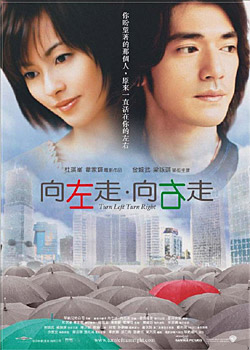
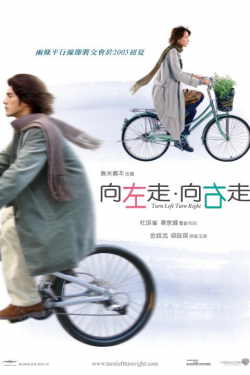
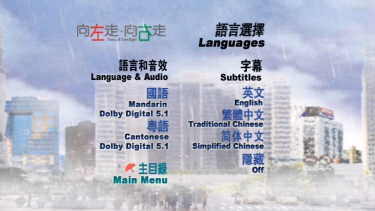
![]()
![]()
![]()
![]()

